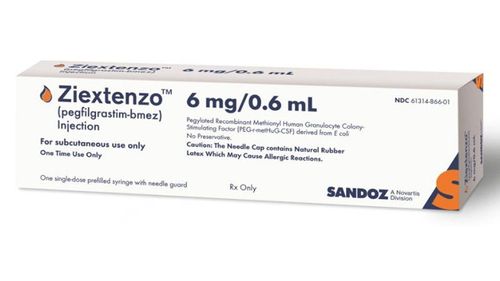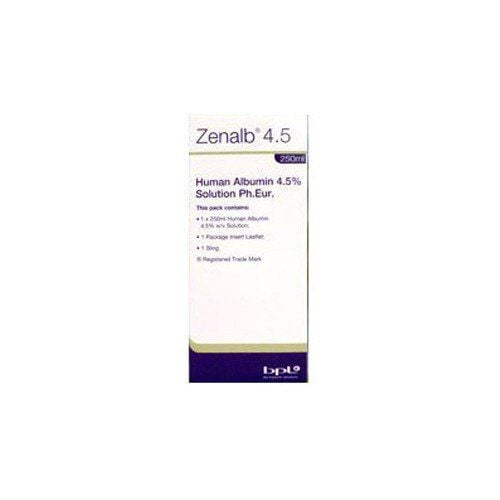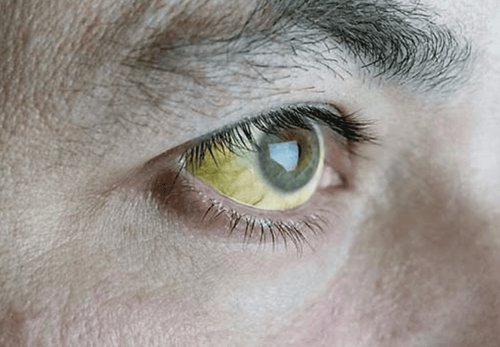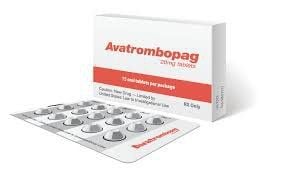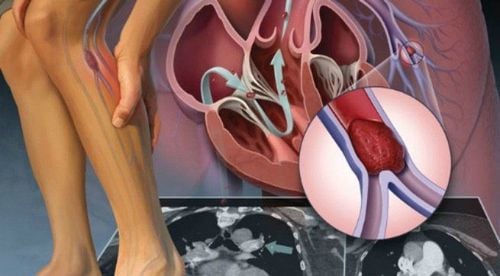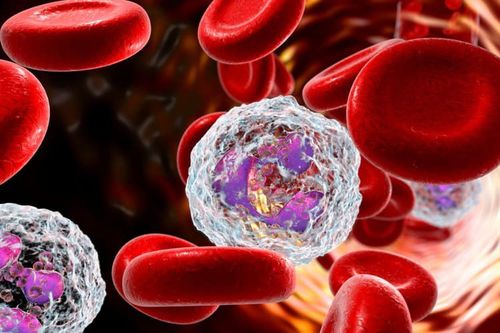This is an automatically translated article.
The article was professionally consulted by Specialist Doctor II, Senior Doctor Doan Du Dat - General Internal Medicine - Department of Medical Examination and Internal Medicine - Vinmec Ha Long International General HospitalRed blood cells are an important component of blood, the amount of red blood cells always needs to be maintained at an appropriate level, not too little to ensure the supply of oxygen to the body, but not too much to obstruct the circulation of blood. What is the function of red blood cells? How long do red blood cells live in the body?
1. Shape, number of red blood cells
Blood is a liquid tissue that circulates in the body's circulatory system. Blood is made up of two parts: cells and plasma.Cells include: red blood cells, white blood cells, platelets Plasma includes: clotting factors, antibodies, hormones, proteins, minerals and water. Red blood cells make up more than 99% of the visible components of blood. Under the light microscope, red blood cells are found to be round, so in the past it was thought that the cells were spherical - this is where the name "erythrocytes" comes from. Under the electron microscope, red blood cells can be seen as biconcave disc-shaped cells, 7-8 mm in diameter, 2-2.5 mm thick in the periphery and 1 mm in the central part, with an average volume of 90 -95 mm3. This conformation helps:
Increased contact surface area increases gas diffusion by 30% compared to red blood cells of the same volume that are spherical in shape. Makes red blood cells extremely flexible, able to pass through narrow capillaries without damaging the capillaries or the red blood cells themselves.
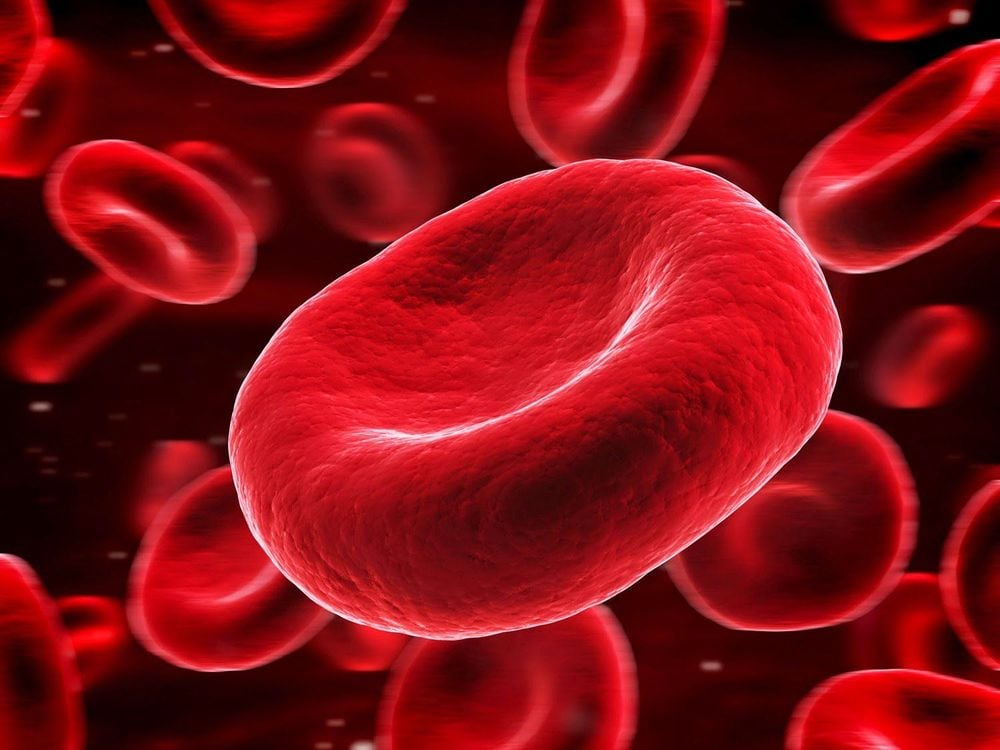
Hồng cầu có hình tròn lõm
In a normal person, the number of red blood cells in the peripheral blood is:
Male: 5,400,000 ± 300,000/mm3. Female: 4,700,000 ± 300,000/mm3 The number of red blood cells may vary in some physiological circumstances. In the neonate, the red blood cell count is high within the first week or two, followed by erythropoiesis, causing physiological jaundice. In addition, the number of red blood cells may increase in people who do heavy work, live in highlands.
2. Red blood cell function
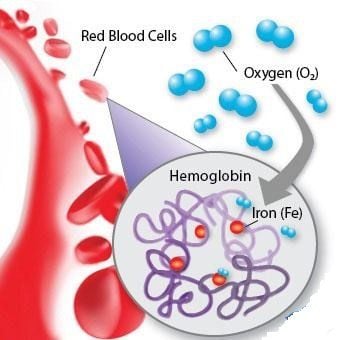
Hồng cầu giúp vận chuyển oxy tới các tổ chức
3. How long do red blood cells live?
The mean life of erythrocytes in peripheral blood is 120 days. Over time, the red blood cell membranes lose their flexibility and eventually the red blood cells burst as they pass through the small capillaries of the spleen. Hemoglobin released from ruptured erythrocytes is phagocytosed by fixed macrophages of the liver, spleen, and bone marrow.Bone marrow has the role of making new red blood cells to replace and maintain a stable amount of red blood cells in the body.
Please dial HOTLINE for more information or register for an appointment HERE. Download MyVinmec app to make appointments faster and to manage your bookings easily.




